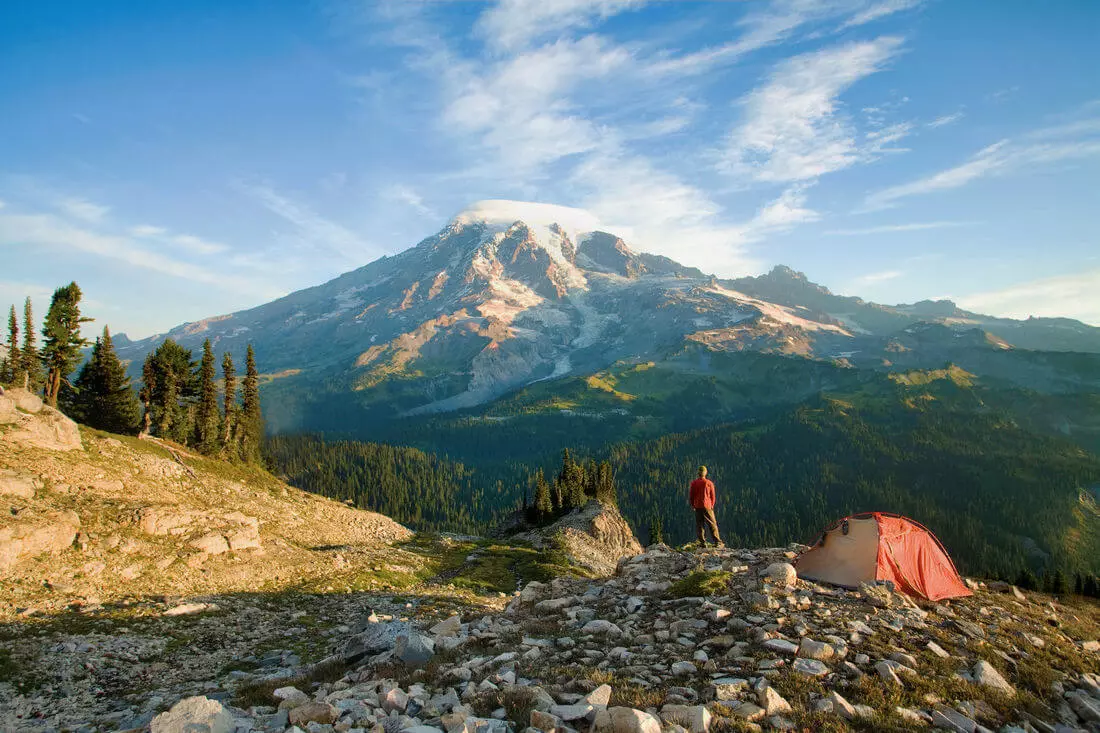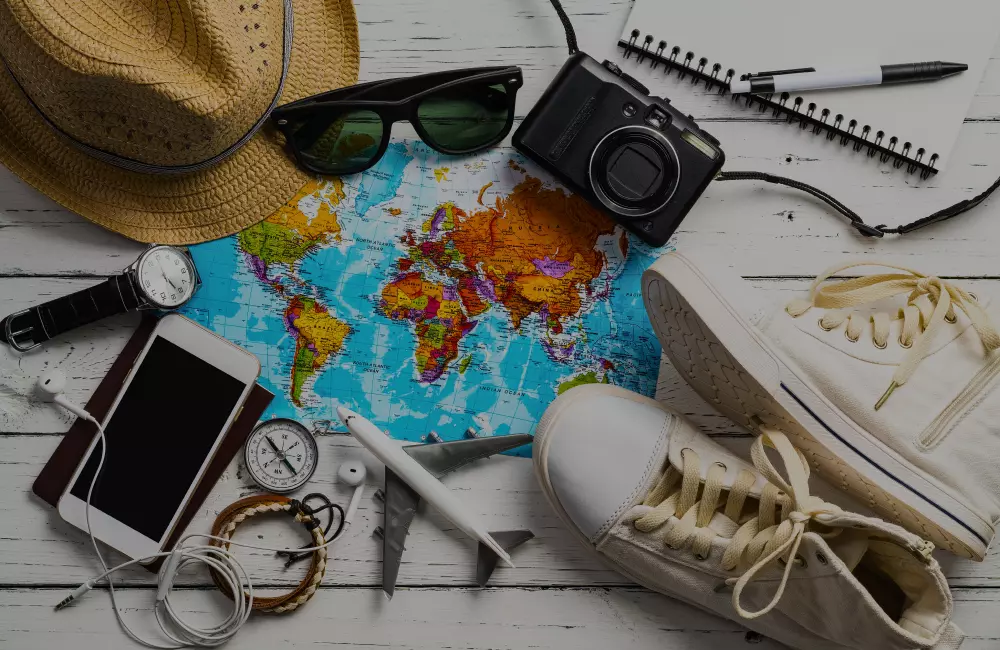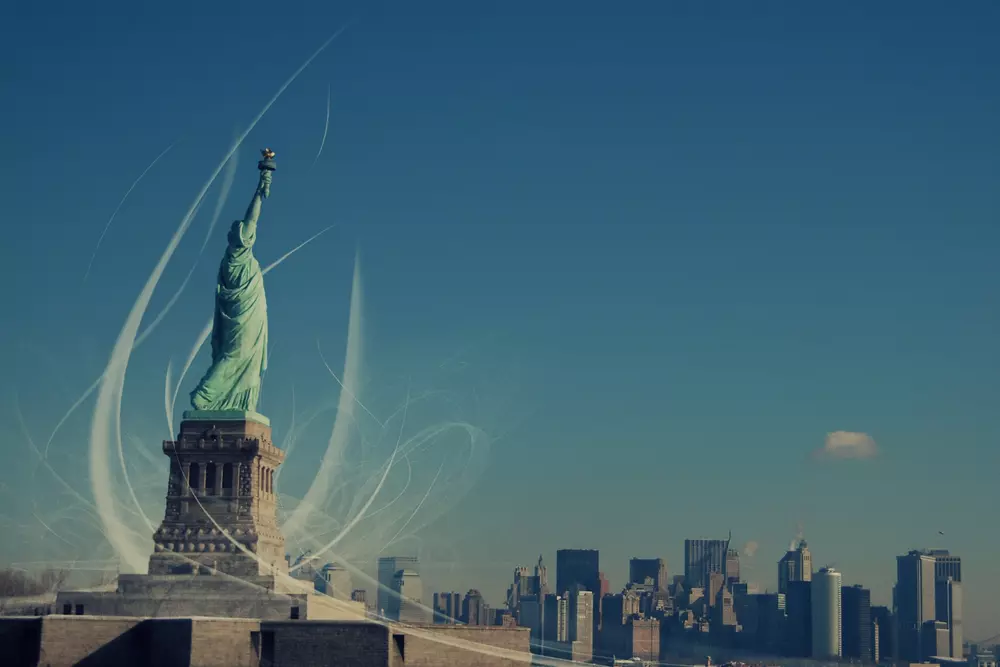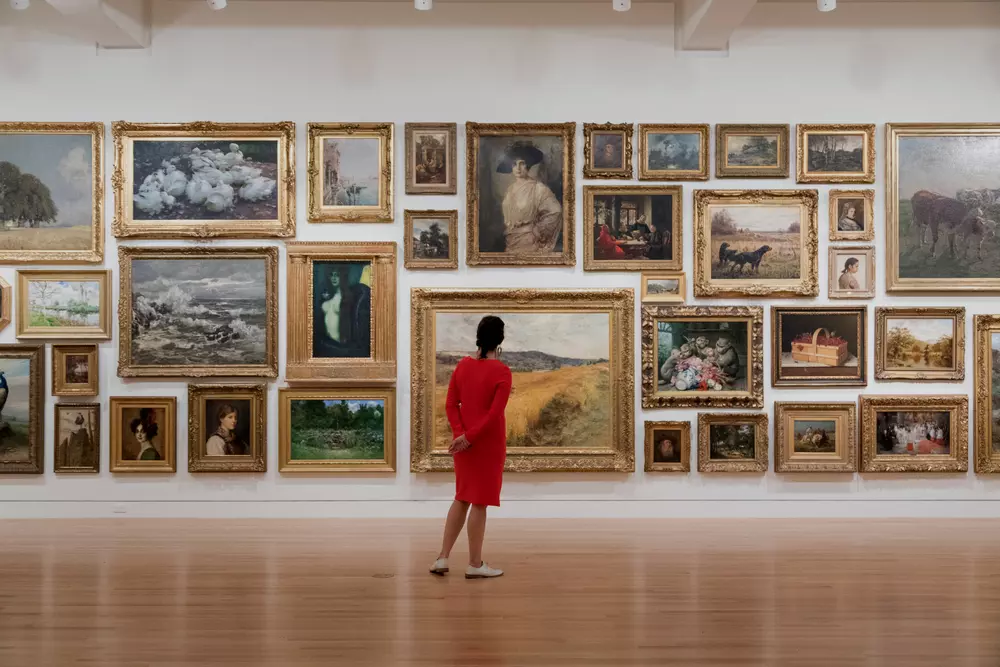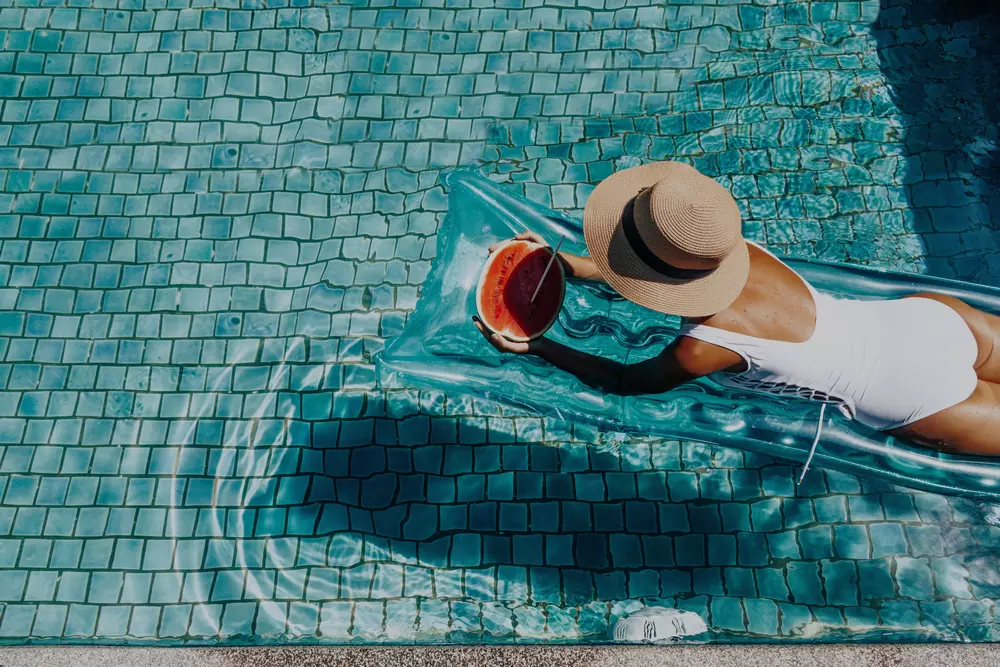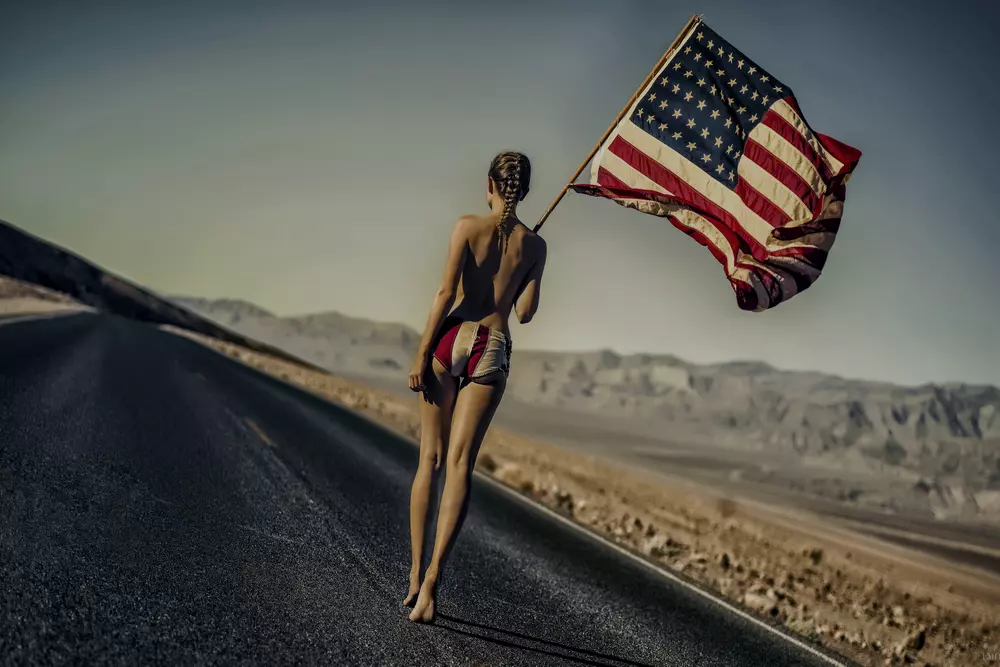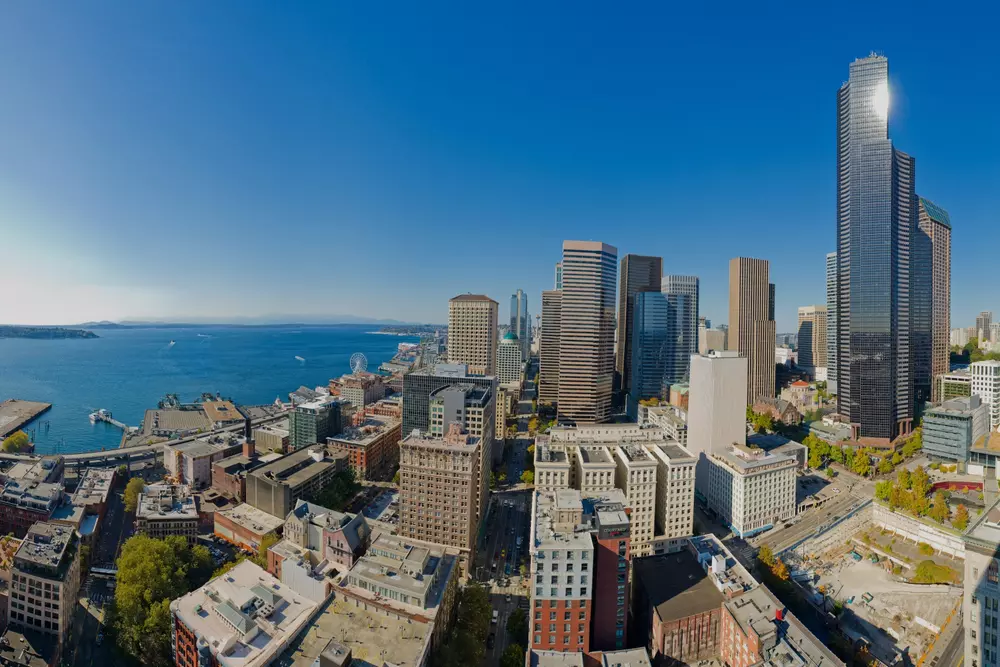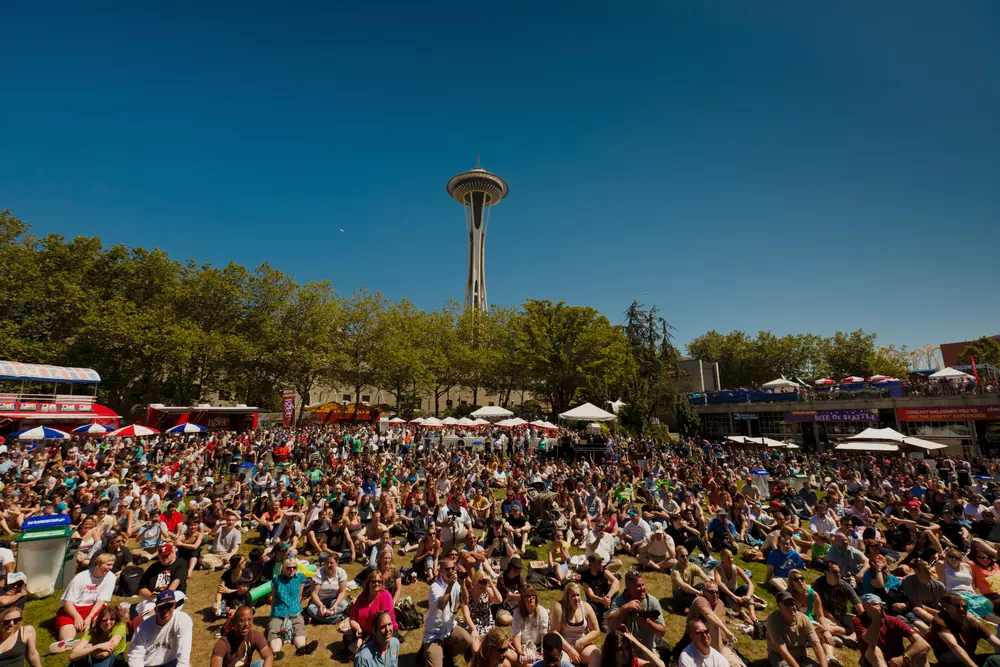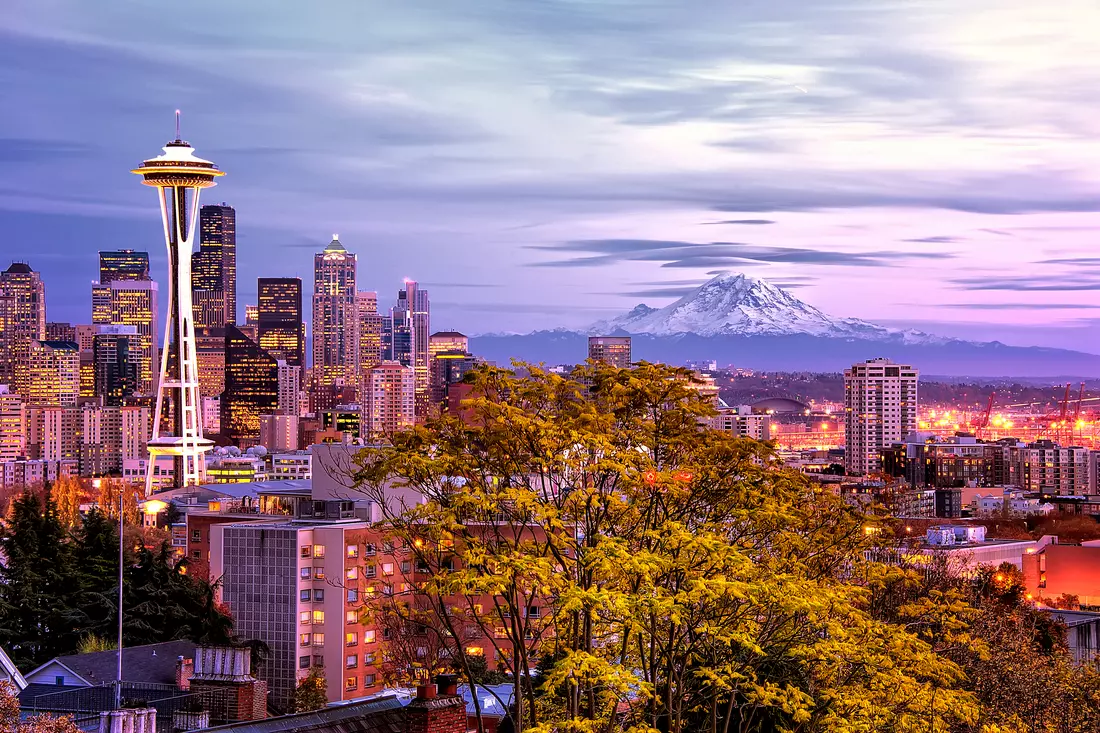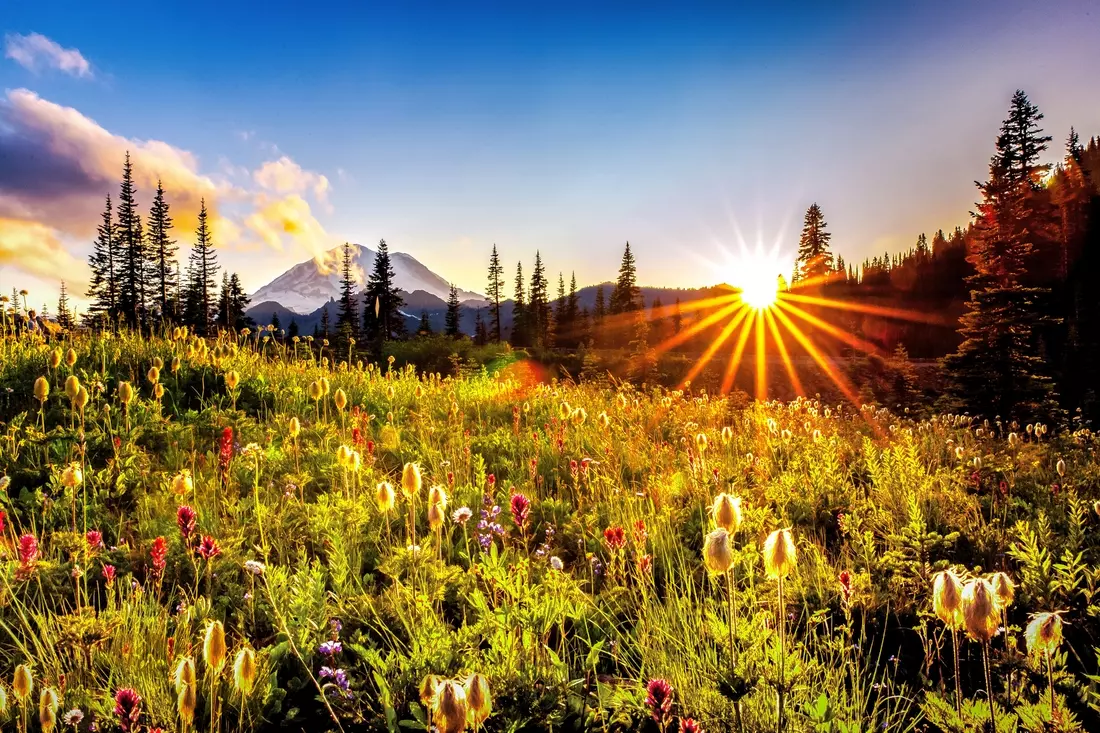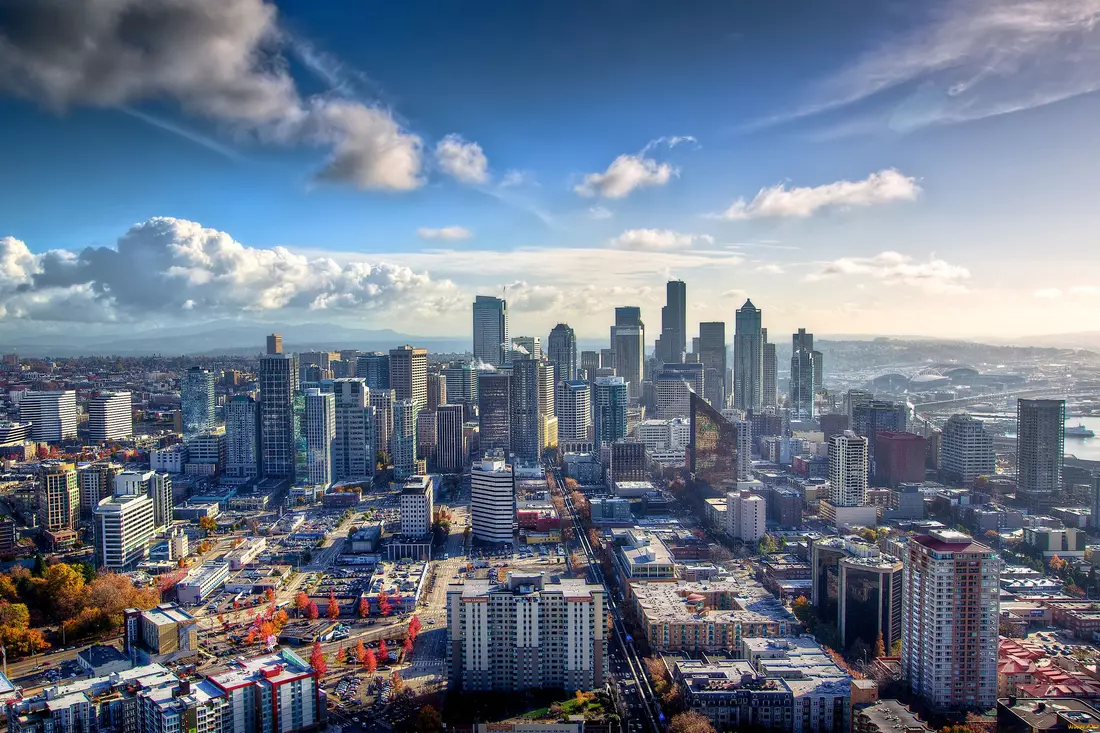Seattle has a unique way of combining nature and art. Right in the heart of the city, there’s a place where you can see contemporary sculptures, take a walk by the water, and enjoy stunning views of the bay. This open-air museum is free to visit at any time, offering an immersive experience in the world of modern art.
What Makes the Park Interesting
Olympic Sculpture in Seattle is an 8.5-acre park next to Elliott Bay. It offers views of Puget Sound, the Olympic Mountains, the city center and the Space Needle. The park presents art of all sorts, is free and open to the public.
The Olympic Sculpture Park in Seattle covers 9 acres and stretches from Belltown to the waterfront of Myrtle Edwards Park. Contemporary monumental sculptures are the focus of the collection, which includes works by regional and international artists. The most iconic installation belongs to Alexander Calder, whose Eagle sculpture is the park's main attraction.
If that's not enough to keep your attention, take a look at Elliott Bay and the Olympic Mountains in the distance. You will also find the perfect little beach which is part of the park.
After walking through Olympic Sculpture Park, head to the nearby Edgewater Hotel, home to the Six Seven restaurant, the perfect place to enjoy a romantic setting, food or cocktail by the shore.
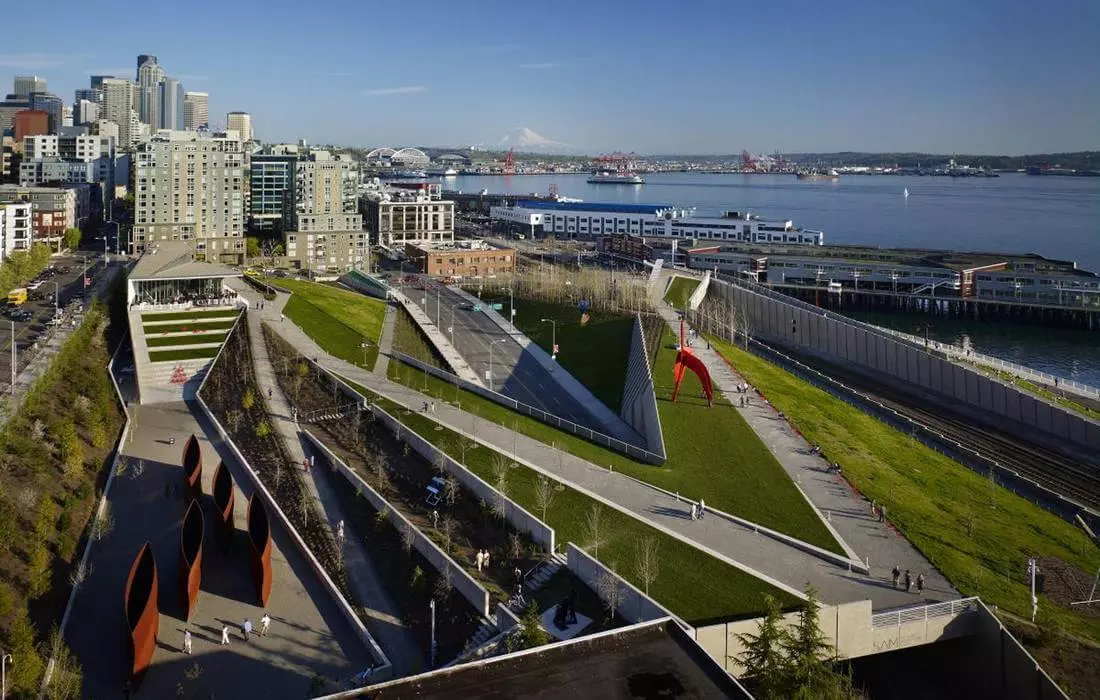
The landscape design of the park has received many awards and has been presented at various exhibitions. Central to the relief is a 2,200-foot trail that leads visitors through a series of sculpted "galleries". The path connects three emblematic landscapes: the evergreen plain of the northwest, a grove of deciduous trees, and a coastal environment.
After the terrace passing through the amphitheater, you will find a large Wake art installation of five tall metal figures. The slopes here are planted with native plants, and the trees seem to be part of the composition. The bright green ginkgo leaves and the thin, needle-like leaves of the mahogany pair beautifully with the sculptures.
Walking across the bridge, which crosses heavily used railroad tracks, brings visitors to the coastline, another type of landscape. It connects to the Elliott Bay Trail, a popular trail for cyclists, skaters, and walkers that offers stunning mountain views. Nearby is the 1.25 mile long Myrtle Edwards Coastal Park.
Mount Rainier: Seattle's Natural Gem
History
1910 The Union Oil Company established a transshipment base and a fuel storage facility on the site of the future park. After many years of use, the site suffered from contaminated soil and groundwater. The Department of Ecology had to come to grips with a 10-year cleanup. They removed 120,000 tons of dirt and replaced it with a layer of engineered soil to help slow down the runoff of rainwater, keeping it on the leaves and allowing time for the moisture to evaporate.
SAM and the Trust for Public Land worked together to acquire the site and build a park on the site. By 1999, with the help of sponsors, 16.5 million dollars had been collected. The New York Times published an article about the fundraiser, which further spurred public interest.
In 2001, SAM hired the interdisciplinary design firm Weiss/Manfredi to design it. Construction began in 2005 and the park opened to the public in January 2007.
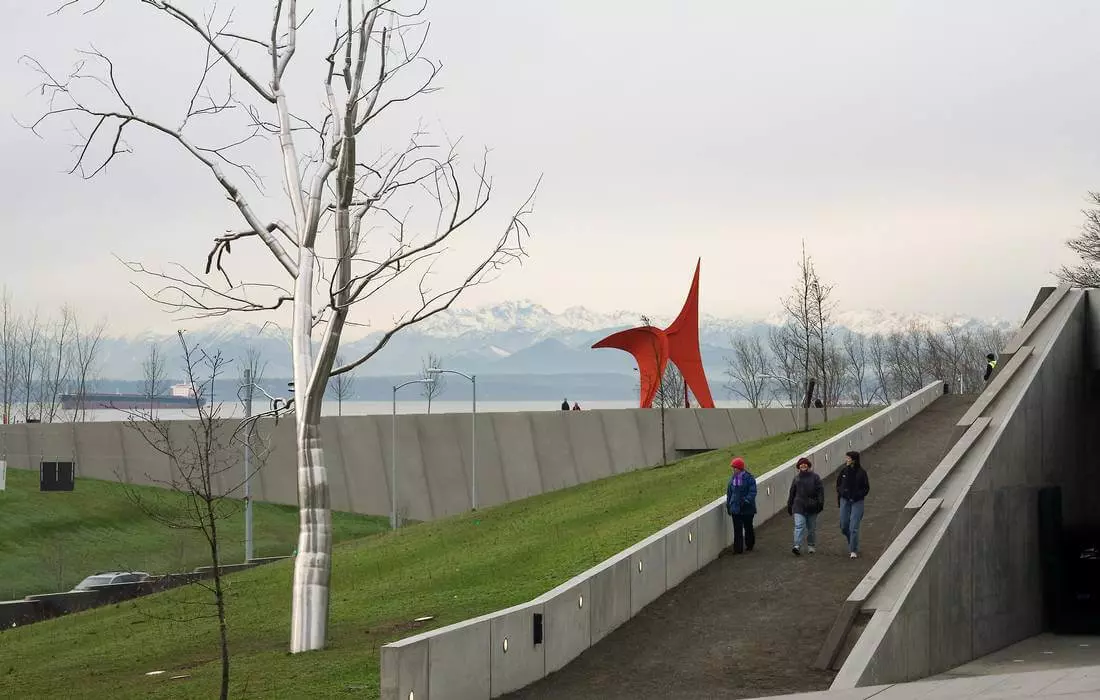
From the very beginning, it was conceived as a space where people could freely walk among the sculptures. The entrance was made free, and the paths were laid out so that visitors could easily move between art objects, green areas and viewing platforms. Today it is one of the iconic places of the city, where art is organically combined with nature.
Best Routes and Views
The park is designed for an easy and engaging walk. The entire route takes about 30–40 minutes, but if you stop to admire the sculptures and viewpoints, you can easily spend a couple of hours exploring.
One of the best ways to start is from the upper entrance near the Seattle Art Museum. From there, a gently sloping path leads down through the main art installations. Along the way, you’ll reach several scenic viewpoints overlooking the bay and the mountains. On a clear day, you can see the Olympic Range, and in the evening, the sunset adds a dramatic touch to the landscape.
If you head toward the waterfront, you’ll reach the Margaret Lee Beach, a small pebble shoreline where you can relax and listen to the waves. A bike path runs alongside, making it easy to explore other parks along the coast.
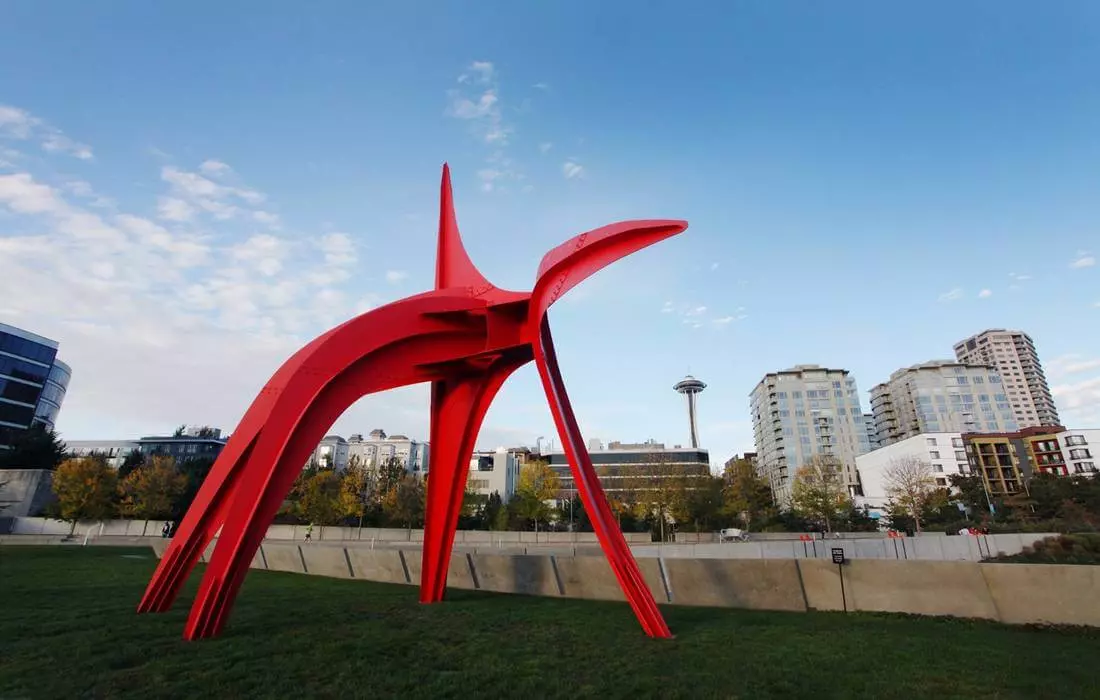
Another great spot is the bridge connecting the park to the waterfront. It runs directly over the railroad tracks, providing a unique view of passing trains. Photographers often stop here to capture shots of the city with the water as a backdrop.
For those who prefer a leisurely walk among the sculptures, the main trail winds gently through the art installations. There are no fences or barriers, so visitors can walk across the lawns, get close to the sculptures, and view them from different angles. This route is ideal for those who enjoy exploring art in detail.
Practical Information
The park is located in downtown Seattle, on the shore of Puget Sound, at 2901 Western Ave. It’s close to Pike Place Market and other popular attractions.
Before visiting, here are a few useful details to make your walk more comfortable:
- The park is open 24/7, and admission is always free.
- Benches, trash bins, and drinking fountains are available.
- There are no public restrooms in the park, but the nearest ones can be found at the Seattle Art Museum and nearby streets.
- Bicycles are allowed but only on designated paths.
- Mornings are the least crowded, making it a great time for photography and a peaceful stroll.
- A windbreaker or sweater can be useful even in summer — cool breezes often come from the water.
If you’d like to learn more about the sculptures, their history, and hidden details that aren’t obvious at first glance, an American Butler guide can provide an engaging tour. It’s a great way to see the park from a fresh perspective and discover how art is woven into the city’s natural surroundings.














